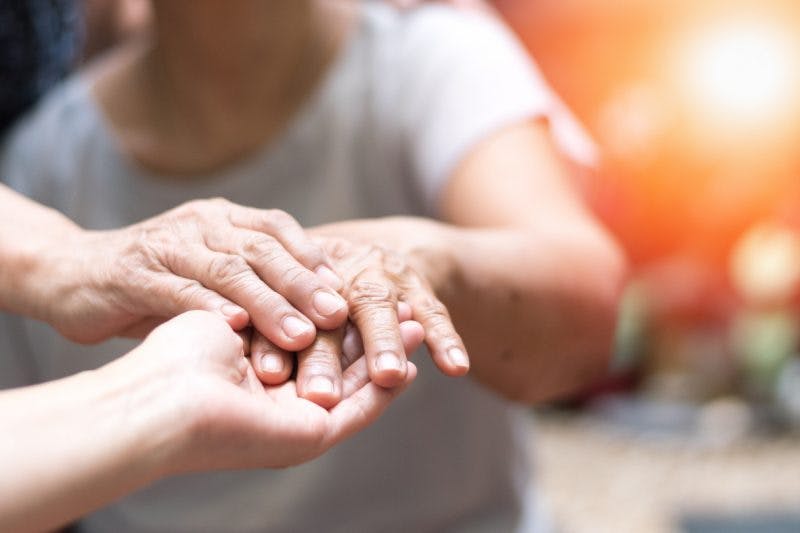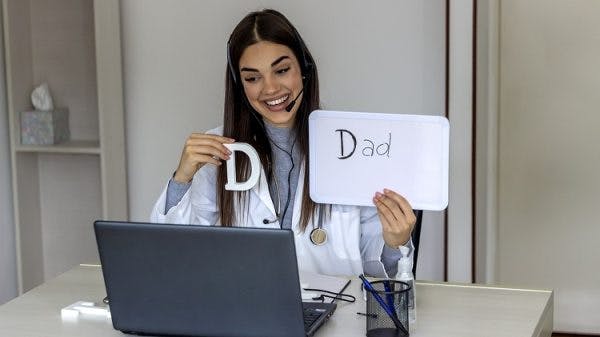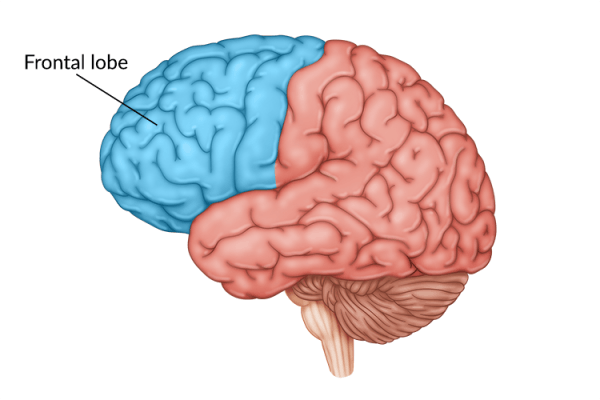Can head injury cause Parkinson’s Disease? And does a traumatic brain injury increase a person’s chances of developing Parkinson’s?
Although it is rare for a head injury to cause Parkinson’s Disease, it is a possible secondary effect you should be aware of. Head injuries can also trigger certain movement disorders that look similar to Parkinson’s Disease but are different.
This article explains the link between brain injury and Parkinson’s Disease. In addition, we’ll describe the latest treatments for Parkinson’s Disease and other motor problems after a head injury.
Causes of Parkinson’s Disease
Parkinson’s Disease (PD) is a disorder of the central nervous system that interrupts the fluidity of movement. With PD, certain neurons in the area of the brain called the substantia nigra break down and die. These neurons produce the chemical dopamine.
Dopamine acts as a messenger between the parts of the brain and nervous system that coordinate movement. Therefore, when dopamine levels decrease in the brain, abnormal and slowed movements result.
The symptoms of PD only appear when 80% of the neurons in the substantia nigra have died. PD is considered to be a slow progressive disease. The precise cause of PD is still unknown; however, it is most likely due to a combination of genetic and environmental factors. This is why the question arises, can head injury cause Parkinson’s Disease.
Does Head Injury Lead to Parkinson’s Disease?
According to a study published in the Journal Neurology, a head injury, specifically a mild traumatic brain injury (TBI), is associated with increased risk of PD. The study was conducted using the VA’s databases and identified all patients treated by the VA with TBI. The results found that:
- Patients with mild TBI and brief loss of consciousness had a 56% increased risk of developing PD compared to patients without any history of head injury.
- Patients with severe TBI were at an 80% higher risk of PD compared to healthy subjects.
- A single mild TBI with no loss of consciousness did not lead to a significant risk increase for PD.
Although head injury does increase a person’s risk of PD, it should be noted that the likelihood of developing the disease is still relatively low. In fact, in the study, only about 1% of patients were diagnosed with PD.
What is more likely, however, is that a person might develop a form of Parkinsonism.
Difference Between Parkinson’s Disease and Parkinsonism
Parkinsonism is an umbrella term used to describe a group of movement disorders that share similar symptoms.
The signs of Parkinsonism include:
- Resting tremors
- Stiff muscles
- Slow or delayed movements
- Difficulty with balancing and walking
Parkinsonism can also cause people to perform uncontrolled, repetitive movements, known as “tics.”
PD is the most common type of Parkinsonism, but there are other types that have more specific causes, such as:
- Drug-induced Parkinsonism. This occurs when a person takes a medication that lowers dopamine levels. Symptoms usually disappear once the medicine is stopped.
- Vascular Parkinsonism. Stroke can cause the dopamine producing parts of the brain to die, leading to Parkinson-like symptoms.
- Post-traumatic Parkinsonism. Brain damage to the cerebellum or basal ganglia can also cause movement disorders that look a lot like Parkinson’s Disease.
Whether you have PD or some other form of Parkinsonism, treatment will mostly likely be identical.
Treating Parkinson’s Disease After Head Injury
There is currently no cure for PD. However, it is possible to treat the symptoms through physical therapy and medications.
Physical Therapy
Physical therapy can help you improve muscle strength and control, which might help reduce tremors and dystonia, both common symptoms of Parkinsonism. PT exercises will activate the brain’s neuroplasticity, which rewires the brain and strengthens the neural signals sent to your muscles.
If these stronger signals can get to the muscles affected by tremors, it could reduce them. Therapists can also fit you with orthotic braces or weights, which may stop tremors by keeping the affected muscles stable. It is not a permanent fix, but it is sometimes enough to restore function.
Speech Therapy
Parkinson’s Disease is mainly known for causing hand tremors and slowed movement, but it can also impair speech. For example, tremors can affect a person’s vocal cords or other muscles in the throat, making it difficult to swallow or talk.
Fortunately, there are speech therapists who are trained in a technique called Lee Silverman Voice Treatment (LSVT), a therapy designed specifically for patients with PD. The LSVT is an intensive therapy involving 16 sessions in one month, but it can greatly improve a person’s quality of life.
To learn more about LSVT and find a qualified speech therapist, click here.
Medications
Medications for Parkinsonism are mostly focused on increasing dopamine levels in the brain. Some of the most common medications prescribed include:
- Carbidopa-levodopa. A naturally occurring chemical that converts into dopamine when it enters the brain.
- Dopamine agonists. These drugs release a chemical that mimics the effects of dopamine on the brain.
- Amantadine. This drug is an anti-viral that can improve muscle control and reduce stiffness.
- MAO–B inhibitors. Prevents dopamine from breaking down.
Many of these medications can have serious side effects, such as drowsiness, hallucinations, and compulsive behavior. Therefore, make sure to have close supervision from your doctor. Expect some trial and error before you determine your best dose
Deep Brain Stimulation
In some Parkinsonism cases, a doctor might recommend surgical interventions to treat tremors and other symptoms.
Deep brain stimulation (DBS) is the most effective surgical treatment for tremors and dyskinesias. It uses surgically implanted electrodes to send high-frequency signals to the subthalamic nucleus or the globus pallidus, structures in the brain that control movement timing.
The electrical signals are sent from a small device, similar to a pacemaker, that is placed under the skin in the person’s chest. When the signals reach the brain, they minimize tremors.
DBS is effective at minimizing tremors and has been approved by the FDA as a treatment for Parkinson’s Disease. While more studies are still needed before it is approved for post-traumatic Parkinsonism, the current research is promising.
However, deep brain stimulation is an invasive surgery, making it the riskiest treatment option. Some possible side effects include dysarthria (slurred speech) and a small number of people living with PD have experienced cognitive decline after DBS surgery. DBS is reserved for patients who do not respond well to the medications for tremors or those experiencing medication-induced dyskinesias.
Brain Injury and Parkinson’s Disease
Head injuries can increase a person’s risk of developing Parkinson’s Disease and other forms of Parkinsonism. However, even with the increased risk, it is still a rare side effect of brain injury. Only about 1% of TBI patients will experience Parkinsonism.
If you do end up diagnosed with post-traumatic Parkinsonism, treatment will most likely involve a combination of physical therapy and medication.










